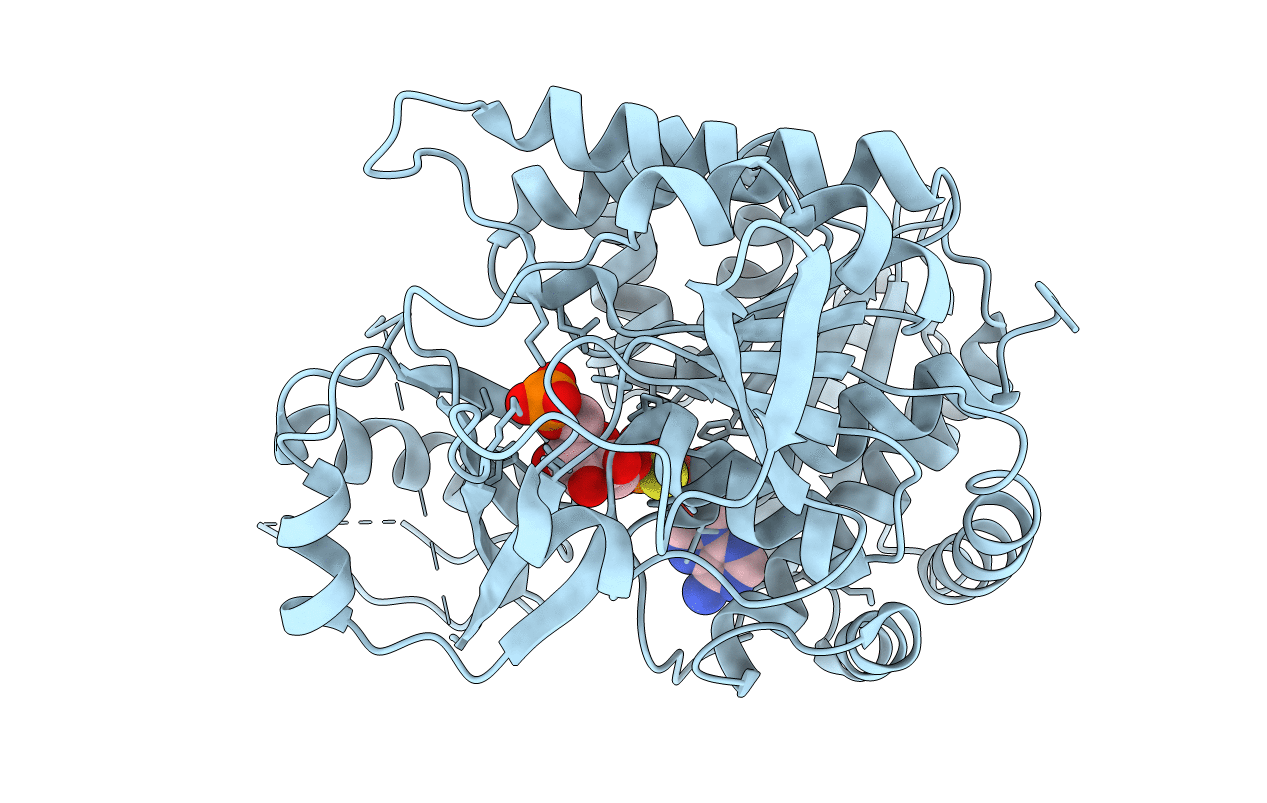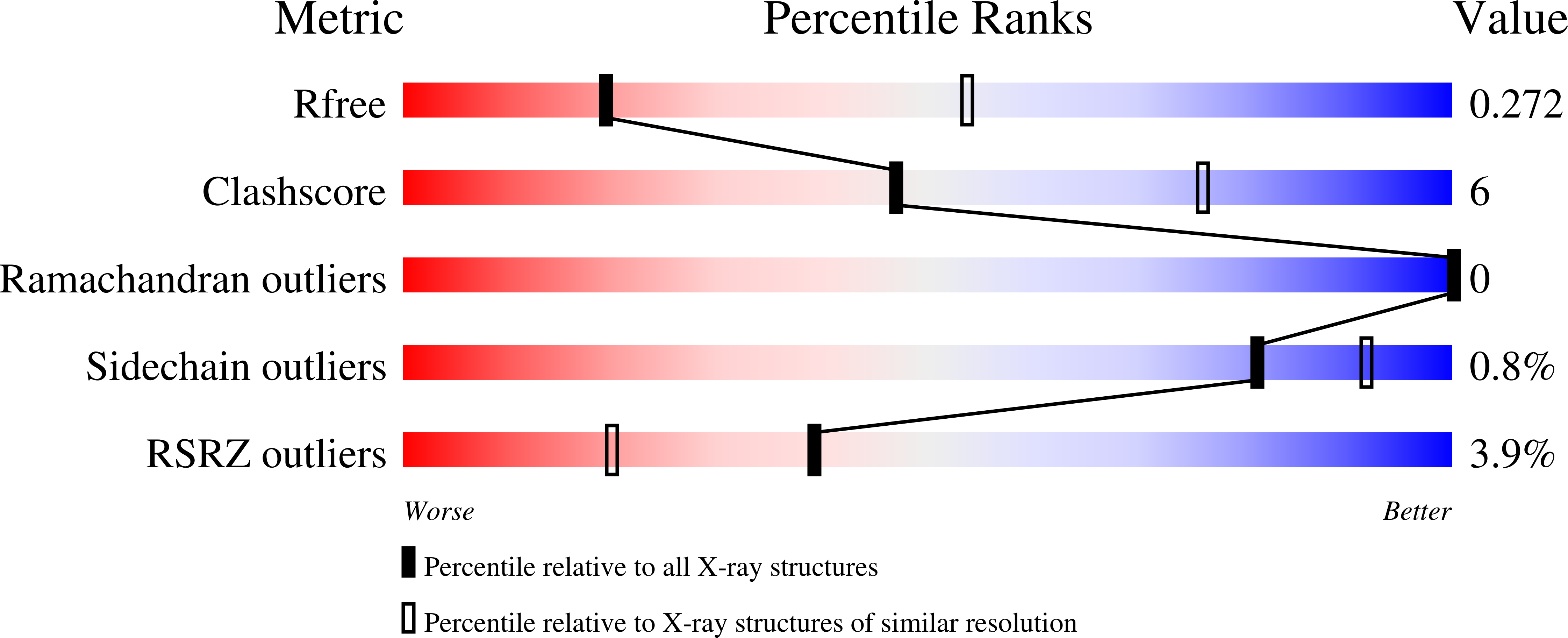
Deposition Date
2020-06-20
Release Date
2021-01-20
Last Version Date
2023-10-18
Entry Detail
PDB ID:
6XIO
Keywords:
Title:
ADP-dependent kinase complex with fructose-6-phosphate and ADPbetaS
Biological Source:
Source Organism:
Methanosarcinales archaeon (Taxon ID: 2250255)
Host Organism:
Method Details:
Experimental Method:
Resolution:
3.12 Å
R-Value Free:
0.27
R-Value Work:
0.24
R-Value Observed:
0.24
Space Group:
P 21 21 21


